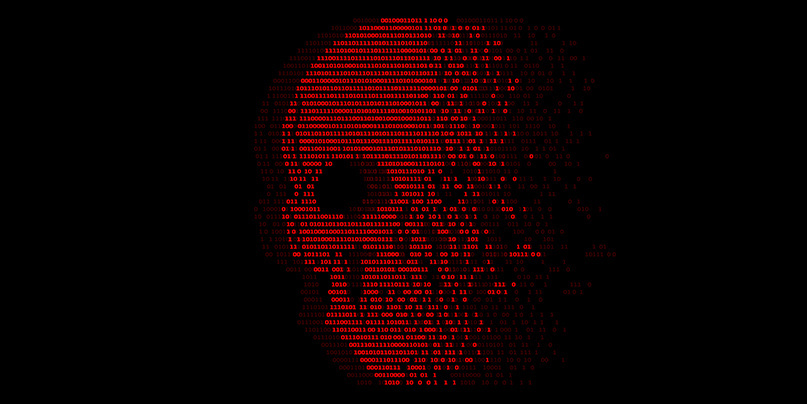A major ransomware assault on a leading diagnostic and pathology services provider has sent healthcare operations into disarray, pausing thousands of patient procedures, crippling essential services like blood transfusions and cancer screenings, and exposing sensitive patient data across multiple hospitals.
Investigators have attributed the attack to the Qilin ransomware group, known to operate under Russia’s ransomware-as-a-service infrastructure. The breach exploited weak multi-factor authentication, excessive privileged access, orphaned accounts and insufficient endpoint protection, enabling attackers to penetrate deeper into connected hospital systems and halt critical workflows.
Patient safety was immediately compromised when blood flow tests and cancer diagnosis processes were suspended. Internal communications from affected hospitals indicated emergency reliance on paper systems and patient diversions to unaffected facilities. In London, a Qilin attack on the Synnovis pathology partner on 3 June led to over 1,100 surgeries and nearly 2,000 outpatient appointments being rescheduled—or cancelled entirely—due to disrupted access to test results and blood supplies. More than 50 organ transplants required reallocation to alternate sites.
The breach has also prompted the release of thousands of blood test files and other personal data onto dark web leak platforms, heightening the risk of identity theft and fraud. The compromised information includes full names, addresses, dates of birth, medical histories and insurance records. In North Carolina, a similar attack by the ransomware group SafePay targeted a major pathology firm in mid-January, later affecting over 235,000 patient records—a breach officially reported to the U.S. Department of Health and Human Services on 22 May.
Healthcare systems rank among the most targeted industries. Microsoft’s Threat Intelligence Briefing shows a 300 per cent rise in ransomware attacks since 2015, with the sector enduring one of the highest rates of impact due to its dependence on continuous digital operation. Daily downtime costs may reach US $900,000, underscoring the steep financial stakes alongside clinical liability.
The motivations behind these attacks differ from those aimed at financial institutions. While banks are targeted for direct financial gain, ransomware in healthcare also exploits urgency and ethical pressure—where patient lives are at risk—to extort quicker payments. Attackers commonly leverage double extortion tactics, threatening both to encrypt systems and publicly disseminate sensitive data if demands are not met.
Recovery from such incidents is often hampered by bureaucratic red tape. Hospitals are typically required to submit detailed assurance or attestation letters before reconnecting with third-party vendors—processes that can take days and exacerbate service disruption. Experts argue for streamlined protocols, proposing primary approval from central incident-response agencies to accelerate recovery.
Resilience remains patchy. A confluence of legacy systems, fragmented infrastructure, under-resourced IT teams and delayed security patching has left healthcare networks highly vulnerable. A study by the U.S. Department of Health and Human Services revealed a 93 per cent rise in large breaches from 2018 to 2022, with ransomware accounting for a 278 per cent spike. Surveys indicate nearly two-thirds of hospitals report patient-care disruption during ransomware incidents, 28 per cent cite higher mortality rates, and breaches have measurably worsened outcomes, with heart attack mortality increasing by roughly 0.3–0.4 percentage points following data breaches.
Analysts emphasise that governance and organisational discipline are as crucial as technical defences. Key measures include enforcing multi-factor authentication, conducting regular access reviews, deploying endpoint detection and response, and swiftly applying security patches. Adopting zero-trust architectures with microsegmentation has proven effective at limiting lateral movement, as demonstrated by recent deployments in paediatric hospital networks. Yet, major gaps remain in consistent implementation.
The United Kingdom’s National Cyber Security Centre is urging healthcare providers and their vendors to learn from these failures. They recommend joint incident response drills involving IT, clinical and emergency teams to ensure operational coordination. Information-sharing frameworks like Health-ISAC are also being promoted as “virtual neighbourhood-watch” systems to advise organisations about threat activity and mitigation tactics.

